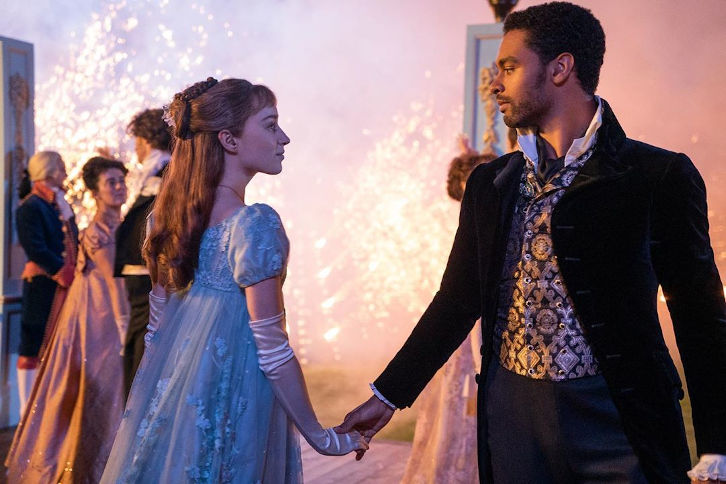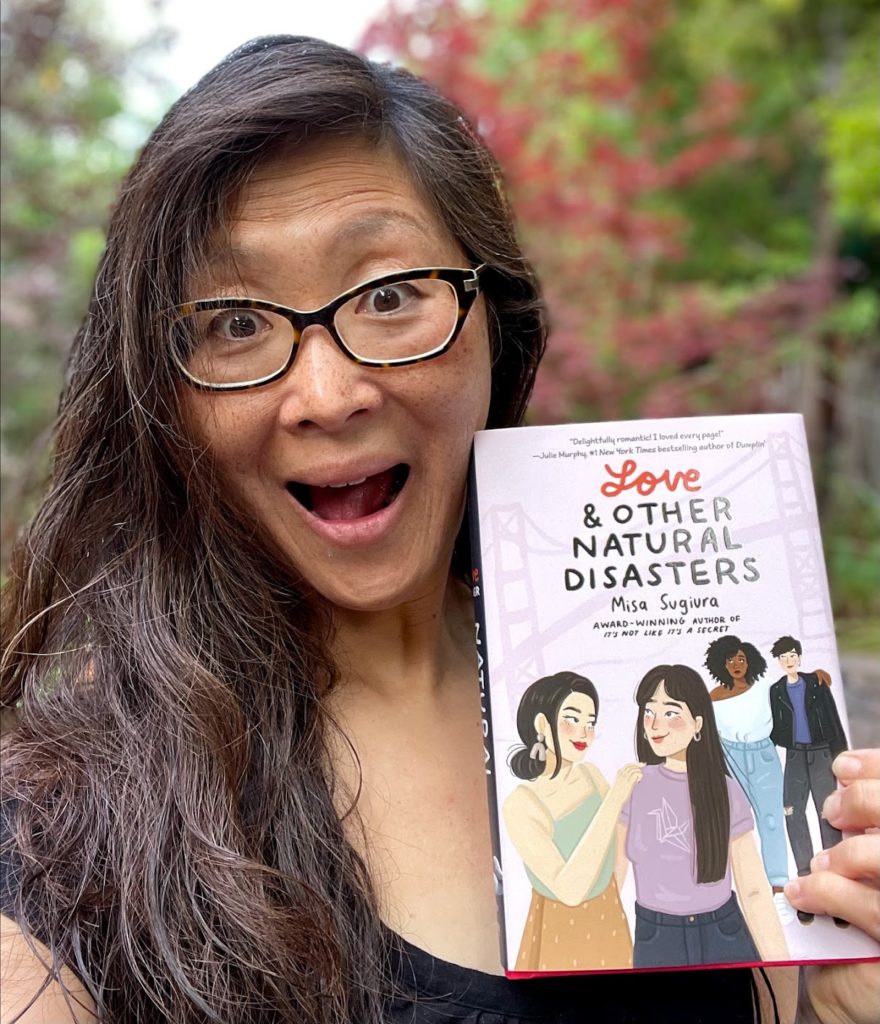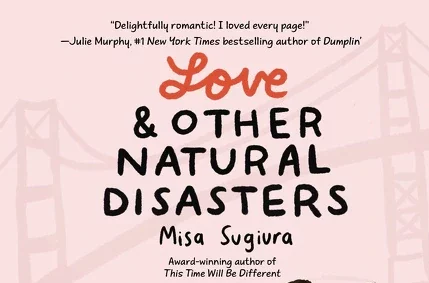Sometimes literary tropes get a bad rap. Words like “tired” and “cliché” often get tossed into the conversation. The dictionary definition that most closely aligns with how writers understand the word “trope” is: “a convention or device that establishes a predictable or stereotypical representation of a character, setting, or scenario in a creative work.” “Predictable” and “stereotypical” aren’t generally words that authors want to be known for.
But tropes can be glorious fun to play with as a writer, especially in combination. A well-executed combination of tropes won’t feel predictable or stereotypical. Instead, they will both delight and surprise your readers. In romance writer Sophie Pembroke’s excellent post on relationship tropes, she argues that “a romantic trope is the thing readers buy the romance for!” Interestingly, as you combine romantic tropes in your work, some will act to further the romance, whereas others will do their best to create insurmountable obstacles. For example, Jane Austen’s Pride and Prejudice is the epitome of Enemies to Lovers, but it also leans into Wrong Relationship First with that initial flirtation between Elizabeth Bennett and George Wickham, which creates a huge wedge between Elizabeth and Darcy.
In Misa Sugiura’s 2021 YA rom-com novel, Love and Other Natural Disasters, we meet Nozomi Nagai who has a fabulous summer internship at a San Francisco art museum and is hoping to combine it with an equally fabulous summer romance. When she meets the perfect girl, glamorous Willow, she’s all in, but Willow is still heartsick over a recent break-up. Soon they are in a fake relationship to make her ex jealous. But Nozomi’s determined to turn their fauxmance into something real. Things get complicated when her coworker at the museum is not only the new girlfriend of Willow’s ex, but also the new metaphorical thorn in Nozomi’s side.
Sugiura uses a combination of tropes to effectively push the romance forward while simultaneously creating seemingly insurmountable obstacles. We’re going to look at how she did it and why it works so well. Obviously, there will be numerous SPOILERS so please, please, please, if you haven’t read Sugiura’s charming, funny, heartfelt story yet, go do that first. Then come back for our analysis.
COMBINING ROMANCE TROPES

The hook for Sugiura’s love story is a Fake Relationship. Arguably, no romantic trope is more fun than that! The most common execution of this trope is having the couple fake a relationship for somewhat suspect but excellent reasons and then along the way letting them fall in love. Recent examples include the first season of Bridgerton and To All the Boys I’ve Loved Before. But there’s another way for Fake Relationships to be effective. They can be amazing obstacles especially in combination with the Wrong Relationship First! One of my favorite rom-coms is the film, While You Were Sleeping. What better obstacle to the romance between the leads played by Sandra Bullock and Bill Pullman than having her be in a fake engagement with his brother while said brother is in a coma?

As with While You Were Sleeping, the hook in Love and Other Natural Disasters is the Fake Relationship but the fake relationship is not the ultimate romance. The real romance is an Enemies to Lovers story with the Fake Relationship becoming a powerful obstacle to true love. Because it’s a Wrong-Relationship-First Fake Relationship, it provides the ultimate opportunity for obstacles. For much of the book, Nozomi thinks she’s in love, or at least infatuated, with the person she’s in a fake relationship with. That makes everything more complicated. And SO MUCH FUN!
Wrong Relationship First is also by nature a type of Love-Triangle trope. In the case of Love and Other Natural Disasters, Sugiura pulls off a love-cube! That’s a Shakespearian level of complicatedness.
NOTE: Some people only use Wrong Relationship First (often called Wrong Guy First) as a term for a situation with an evil or abusive first lover. I would argue that this trope covers any situation where the main character thinks they’ve found Mr. or Ms. Right at or near the beginning of the story, but over the course of their journey, they realize that someone else really is the right one for them. To me the trope provides the strongest obstacle when that fantasy suitor is “almost” right.
THE ROMANCE: ENEMIES TO LOVERS
Here are some of the more important elements that make an Enemies to Lovers trope work. (This post by Hannah Bauman is a fabulous and detailed explanation of this trope.):
- A first meeting that’s the opposite of a meet-cute and offers compelling reasons for why the two characters don’t like each other
- A storyline that forces them into close proximity despite their dislike
- Situations/Scenes that help the characters build trust and understanding
- Glimpses of physical attraction
- A revelation or situation that tests their newfound trust
- A breakthrough moment where they realize/admit they’re in love
Sugiura does an amazing job with all of the above, but to avoid spoiling the whole story, let’s focus on the first two. Now’s a great time to read or reread Love and Other Natural Disasters and look for how Sugiura moves her enemies, Nozomi and Dela, down the path to love.
FIRST MEETING
Nozomi has a summer internship at the San Francisco art museum where her uncle works. Dela, the daughter of a local artist, won a grant contest for young artists and has designed an installation that’s being built at the same museum. At their first meeting, Dela is grumpy. Later in the book, we’ll discover why Dela isn’t “Little Miss Sunshine,” but for now, there doesn’t appear to be a good reason. Nozomi feels awkward and their conversation is stilted. After that meeting, Nozomi vents to her brother about Dela, and even makes fun of her. Unfortunately, Dela overhears Nozomi, thus sealing their “meet-awful”. This leads to even more venting on Nozomi’s part:
I’m not a mean person. I’m really, really not. I want to defend myself to an imaginary audience, to say, What did she expect? She was loathsome. Aren’t I allowed to vent about loathsome people?
The thing with not being a mean person, though, is that you feel guilty when you are mean. Especially when you are caught. It’s a really inconvenient side effect.
“I hate her,” I say as we trudge down the hallway to find Dela.
“You’re an asshole,” Max says, grinning, “and you’re going to hell.” (47-48)
FORCED PROXIMITY
Despite this horrible first meeting, Nozomi and Dela can’t avoid each other. They’re both working at the same museum all summer. To make matters worse, Nozomi gets embroiled in an incident where through a series of unfortunate actions, she destroys thousands of origami cranes that are integral to Dela’s art installation. Now, there’s only one way she can make things right:
There’s no other way. I’m the one who ruined her project, so it’s not fair to make her do all the work–and she won’t trust me to work on my own.
So now, instead of spending my afternoons and evenings with the future love of my life, trying to turn our fake romance into something real, I’m going to spend them cooped up in the staff room folding a thousand pieces of paper with the most disagreeable girl I’ve ever had the misfortune to meet. And despite what I said earlier, I do not feel positive about it at all. (98-99)
This is Enemies-To-Lovers gold!
THE OBSTACLE: THE WRONG-RELATIONSHIP-FIRST FAKE RELATIONSHIP

Here are some of the more important elements that make a Wrong-Relationship-First Fake Relationship Trope work as a serious obstacle to true love:
- Strong motivation on both sides to enter into a Fake Relationship
- One character (A) is seriously crushing on the other, the other character (B) is not
- (B) character slowly or suddenly imagines that they have feelings for (A) character
- (A) character slowly realizes their feelings for (B) character are false
- Two characters who readers can appreciate and even love, who under different circumstances might have been able to make a real relationship work.
Again, Sugiura nailed all of these, but I’ll focus on the first two elements to avoid spoiling the entire novel.
STRONG MOTIVATION
In the beginning of Love and Other Natural Disasters, Nozomi, is in a state of humiliation from having overheard someone she was crushing on (Helena) say demeaning things about her. She needs a transformation, a win, a respite. If she can make Helena realize she made a huge mistake in discounting her, so much the better. Nozomi imagines:
I’ll be with my girlfriend. Yes, that’s it. My brand-new, stunning, glamorous…I don’t care if it’s unlikely. It’s my fantasy, and I may as well have a girlfriend in it.
I imagine the photos I’ll post and the regret that Helena will feel when she sees them. (She doesn’t follow me, but you never know. It could happen.) (4)
Her partner in the Fake Relationship, gorgeous Willow, has recently been dumped and is desperate to make her ex jealous enough to be drawn back into a relationship. When she asks Nozomi to be her pretend girlfriend, she’s clear that it’s for one reason only:
“Just enough to make her see what she’s missing–” She gasps. “Do you think it might make her want me back? Doesn’t that happen all the time? The one person who’s afraid of commitment breaks up and leaves, and then they realize what they’ve lost, and they beg their ex to get back together!” (89-90)
A ONE-SIDED CRUSH
From the get-go, Sugiura nails the pining on Nozomi’s part while making it clear that Willow has no idea their relationship is anything other than a fake one to get her ex-girlfriend back:
When the fog clears, I am conflicted. On the one hand, I realize, she’s [Willow’s] asking me to play a character in a movie she’s going to produce for Arden’s benefit in order to win her back.
On the other hand, my character would be Willow’s Girlfriend. I’d be going on dates with her. I’d be the one who helps her through her heartache. I’d be an accomplice. A trusted ally. And as long as we’re talking about movies, in every rom-com I’ve ever seen, the fake girlfriend becomes the real girlfriend in the end. Every. Single. Time. That’s pretty good odds, if you ask me.
I take a deep breath. “Okay. Let’s do it.”
Willow pumps her fists in triumph. “Yes! Oh, thank you! You’re so sweet–I knew you’d say yes. I bet you’d make an amazing girlfriend in real life,” she says, and she stops and smiles at me, whereupon I promptly melt into a puddle of goo. (90)
A solid setup for a rom-com with the right combination of romantic tropes gives you tons of fodder for humor, heart, and a satisfyingly rocky journey to true love. I highly recommend Sugiura’s hilarious and warm-hearted Love and Other Natural Disasters as a great rom-com mentor-text. Time to reread it with these tropes as your lens. You won’t regret it!
NOW IT’S YOUR TURN
- Playtime: Here’s a list of 145 romance tropes. The list doesn’t offer definitions, but most are self-explanatory. Pick some at random and see how you might be able to combine them into a story. Consider whether you can use any of these tropes as obstacles.
- Practice analyzing another rom-com novel or your favorite rom-com movie for tropes.
- If you are in the middle of writing a romance, brainstorm which tropes you are already using. Consider how you might take full advantage of your trope.
- For Enemies to Lovers, give your characters a compelling reason to misjudge each other as well as forced proximity.
- For a False Relationship, make sure they both have a strong motive for entering into the fake relationship. Also, let your MC be seriously crushing on the other character!
Kristi Wright (co-editor) writes picture books and middle grade novels. Her goal as a writer is to give children a sense of wonder, a hopefulness about humanity, and a belief in their future. She is represented by Kurestin Armada at Root Literary. She is an active volunteer for SCBWI and a 12 X 12 member. Find her at www.kristiwrightauthor.com and on Twitter @KristiWrite.




COMMENTs:
0